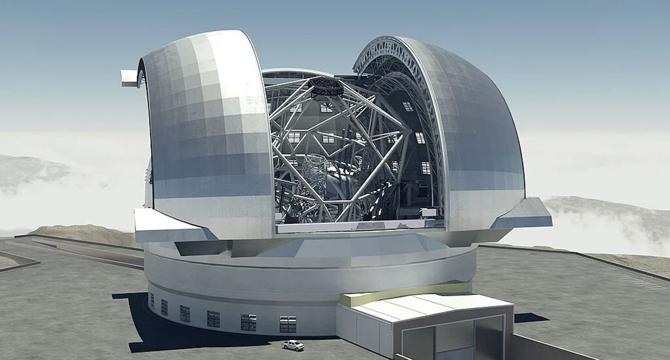Livescience
2w
317

Image Credit: Livescience
'Extremely Large Telescope' being built in Chile could detect signs of alien life in a single night
- The Extremely Large Telescope (ELT), currently under construction in northern Chile, will give us a better view of the Milky Way than any ground-based telescope before it.
- The ELT's primary mirror array will have an effective diameter of 39 meters, gathering more light than previous telescopes and providing images 16 times sharper than the Hubble Space Telescope.
- The ELT is expected to come online in 2028 and has the potential to capture faint atmospheric spectra from exoplanets, helping to determine the composition of their atmospheres.
- The ELT's greater sensitivity will allow it to settle unanswered questions about the presence of atmospheres on certain exoplanets, potentially leading to the discovery of signs of alien life.
Read Full Article
19 Likes
For uninterrupted reading, download the app